
Ingredient
Mixtures of beer with other alcoholic drinks
Beer Blends: Exploring the Art of Mixology
Mixtures of beer with other alcoholic drinks open up a world of possibilities for creative mixologists. By combining different types of beer with spirits, liqueurs, or other alcoholic beverages, these blends create complex flavor profiles that range from fruity and refreshing to bold and robust. The resulting concoctions can be enjoyed as standalone drinks or used as a base for cocktails, adding depth and character to any libation.
Origins and history
The concept of mixing beer with other alcoholic drinks has been around for centuries, with various cultures and regions embracing this practice. From the classic British shandy to the German Radler, beer blends have become an integral part of many drinking traditions. These mixtures offer a refreshing alternative to plain beer and provide an opportunity for experimentation and creativity in the world of mixology.
Nutritional information
The nutritional information of beer blends can vary significantly depending on the specific ingredients used. It is important to consider the nutritional content of the individual alcoholic drinks being mixed, as well as any additional ingredients added to the blend.
Allergens
May contain allergens present in the individual alcoholic drinks being mixed, such as gluten from beer or sulfites from wine. It is essential to check the labels or consult with the manufacturer to identify any potential allergens in the specific blend.
How to select
When selecting mixtures of beer with other alcoholic drinks, consider the flavor profile you desire. Choose complementary flavors that will enhance each other, such as pairing a light lager with a citrusy liqueur or a stout with a rich whiskey. Additionally, ensure that all the ingredients used are of high quality and freshness to achieve the best results in your blend.
Storage recommendations
To maintain the freshness and quality of beer blends, store them in a cool, dark place away from direct sunlight or heat sources. If the blend contains carbonated beverages, ensure that the container is tightly sealed to preserve the carbonation. It is recommended to consume the blend within a reasonable time frame to enjoy its optimal taste and quality.
How to produce
Producing mixtures of beer with other alcoholic drinks can be done by experimenting with different combinations and ratios. Start by selecting your desired beer and then gradually add small amounts of other alcoholic beverages, tasting as you go, until you achieve the desired flavor balance. Keep in mind that certain combinations may work better than others, so don't be afraid to experiment and find your own unique blend.
Preparation tips
Mixtures of beer with other alcoholic drinks can be used in various ways. They can be enjoyed as standalone drinks, served over ice, or used as a base for creative cocktails. Experiment with different garnishes, such as citrus slices, herbs, or spices, to enhance the visual appeal and flavor complexity of your blend.
Culinary uses
Beer blends are commonly used in mixology to create unique and refreshing cocktails. They can also be enjoyed as standalone drinks, providing a twist to traditional beer drinking. Some popular examples include shandies, radlers, and beer margaritas.
Availability
Beer blends are available in many regions and countries where beer and other alcoholic beverages are produced. They can be found in bars, pubs, and restaurants that specialize in craft beer or mixology. Additionally, beer blends can be created at home using readily available ingredients.
More ingredients from this category
Recipes using Mixtures of beer with other alcoholic drinks » Browse all
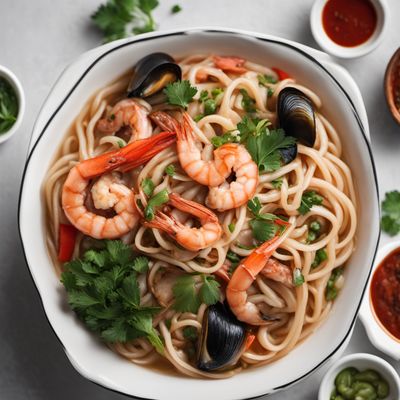
Gibraltarian-style Udon with Seafood
Savory Seafood Udon Delight
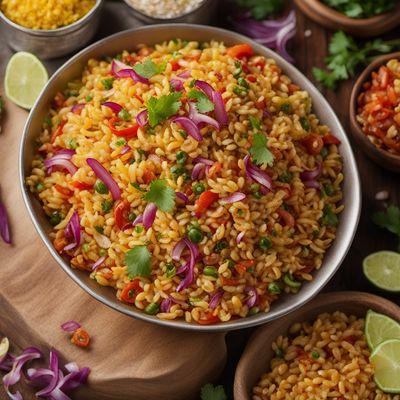
Andalusian-style Bhelpuri
Andalusian Delight: A Fusion of Indian and Spanish Flavors

Tanzanian Panontella
Zesty Tanzanian Fusion Salad
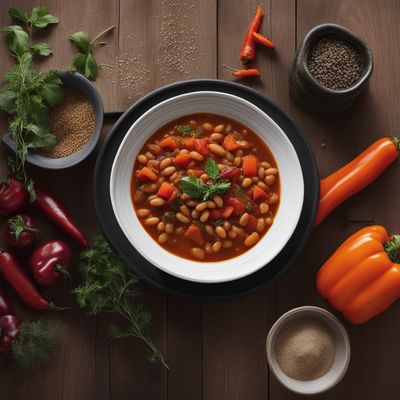
Cretan Bean Stew
Mediterranean Delight: Cretan Bean Stew

Catalan Esqueixada with a Twist
Mediterranean Delight: Refreshing Catalan Esqueixada Salad
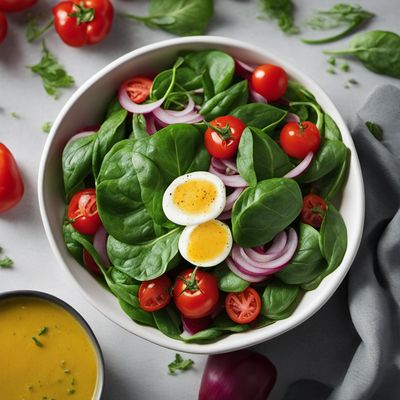
Croatian Spinach and Hard-Boiled Egg Salad
Savory Delight: Croatian Spinach and Egg Medley

Spaghetti with Sea Urchin Sauce
Oceanic Delight: Spaghetti with Creamy Sea Urchin Sauce
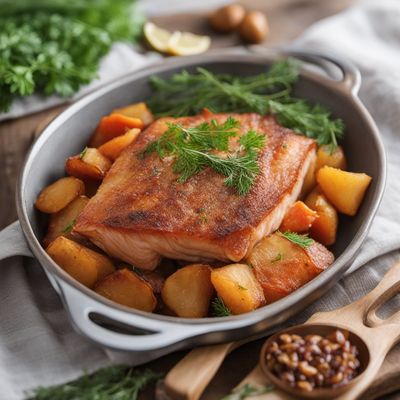
Mecklenburg Cocarrois
Savory Stuffed Pastries: Mecklenburg's Delightful Cocarrois
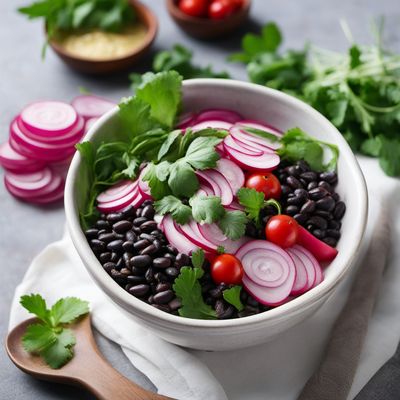
Kashmiri-style Black Salad with Yogurt Dressing
Spiced Delight: Kashmiri-inspired Black Salad with Creamy Yogurt Dressing

Kokotxas a la Vizcaína
Delicious Basque-Style Kokotxas: A Seafood Delight
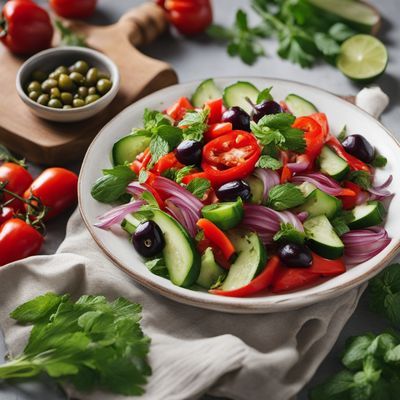
Albanian Inspired Mediterranean Salad
Sun-Kissed Delight: Albanian Inspired Mediterranean Salad
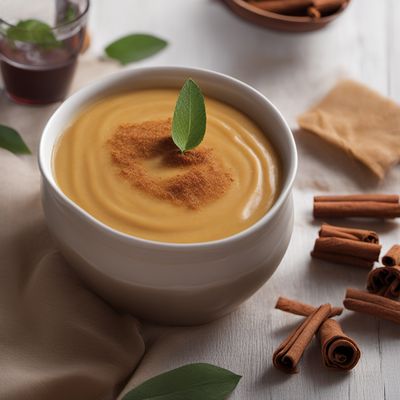
Cretan Semolina Pudding
Mediterranean Delight: Cretan Semolina Pudding